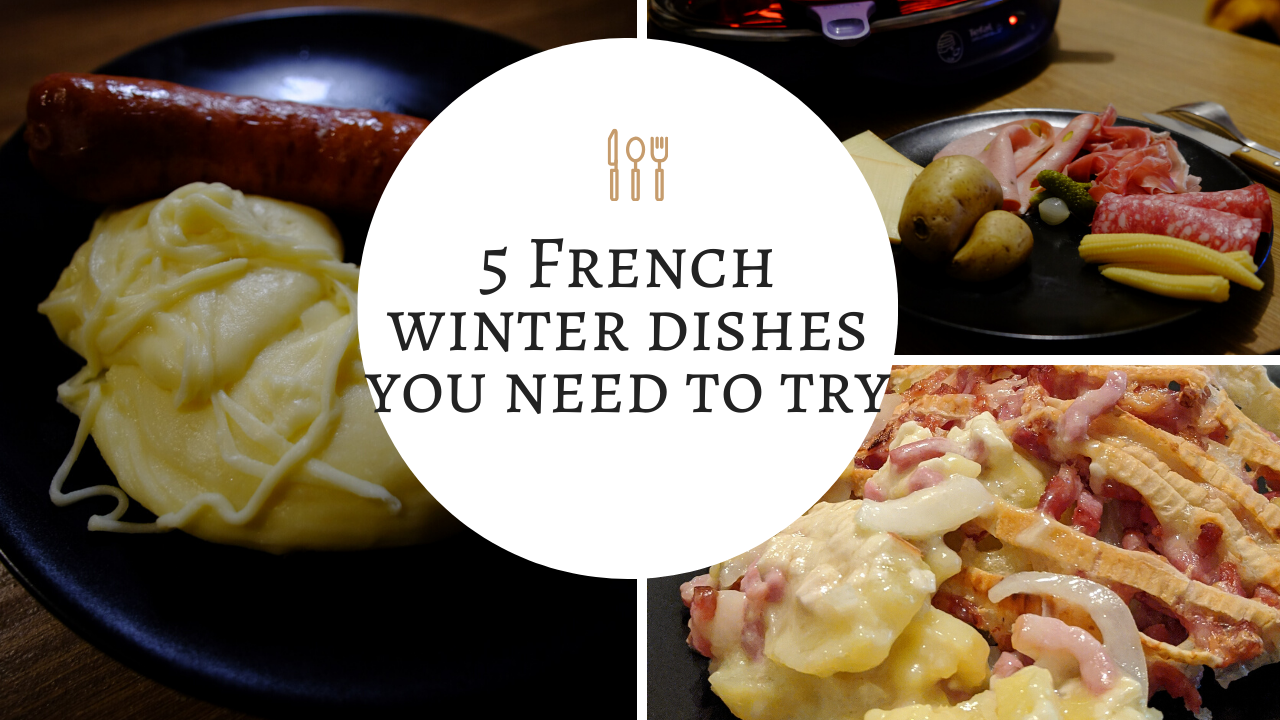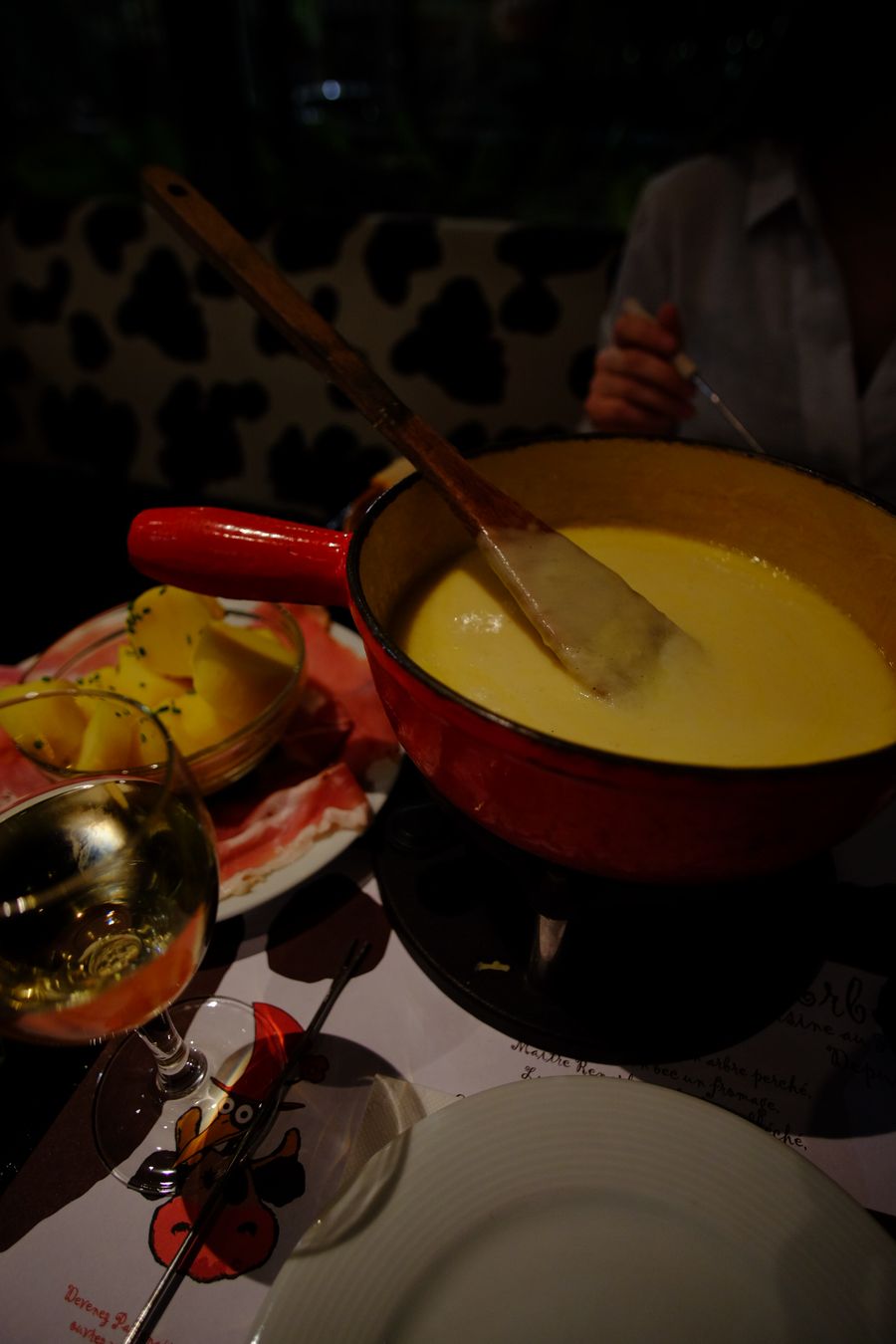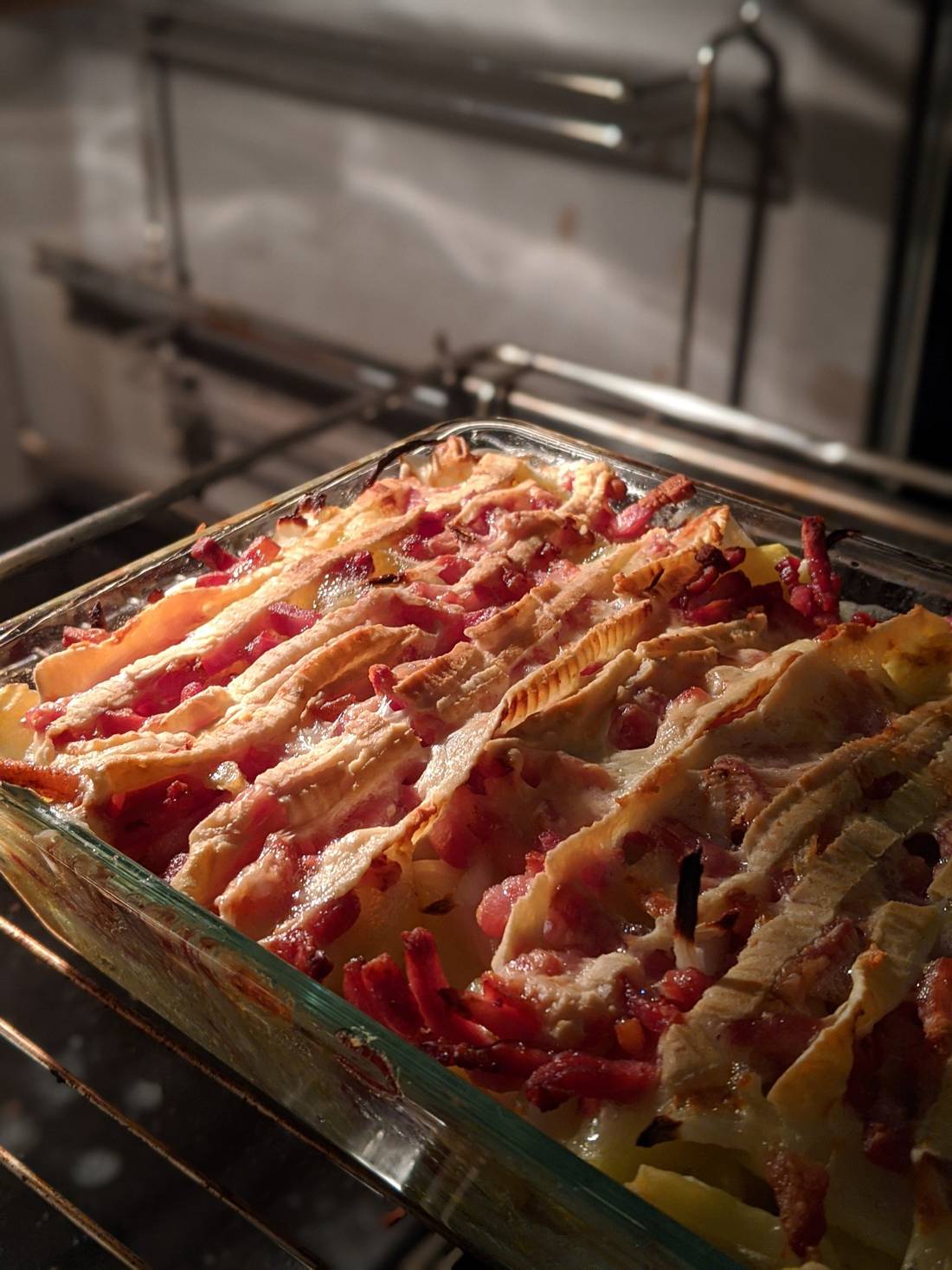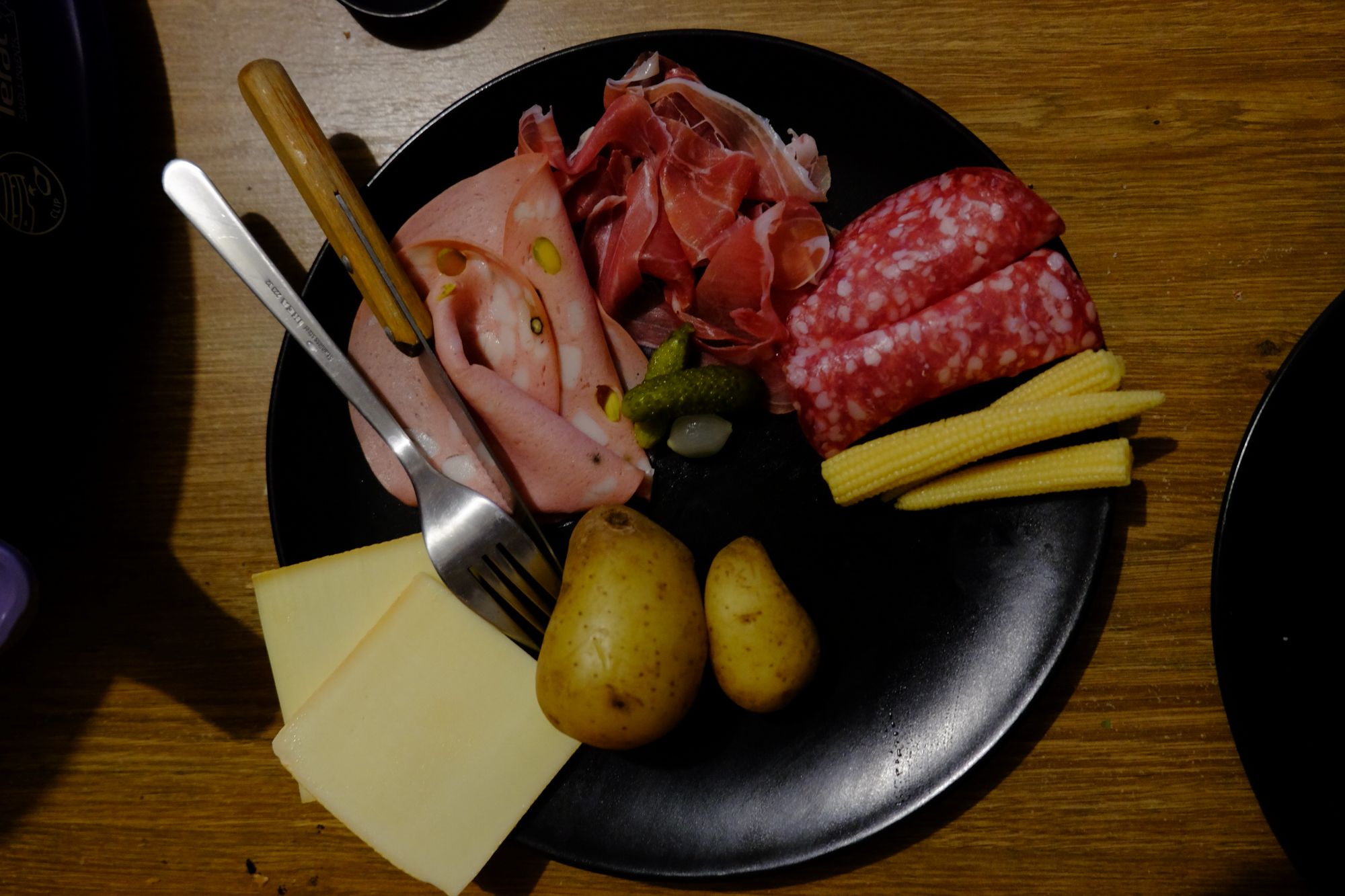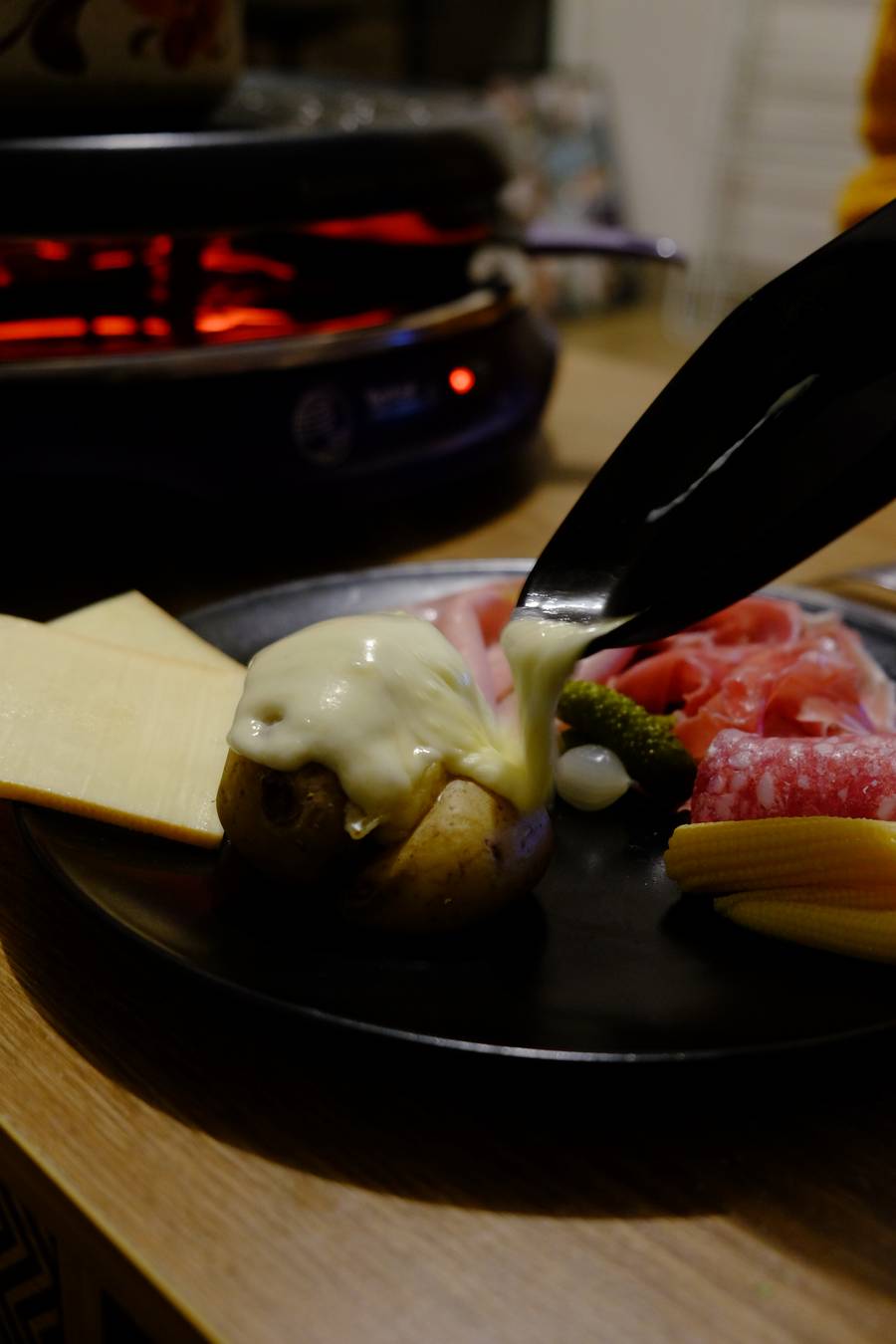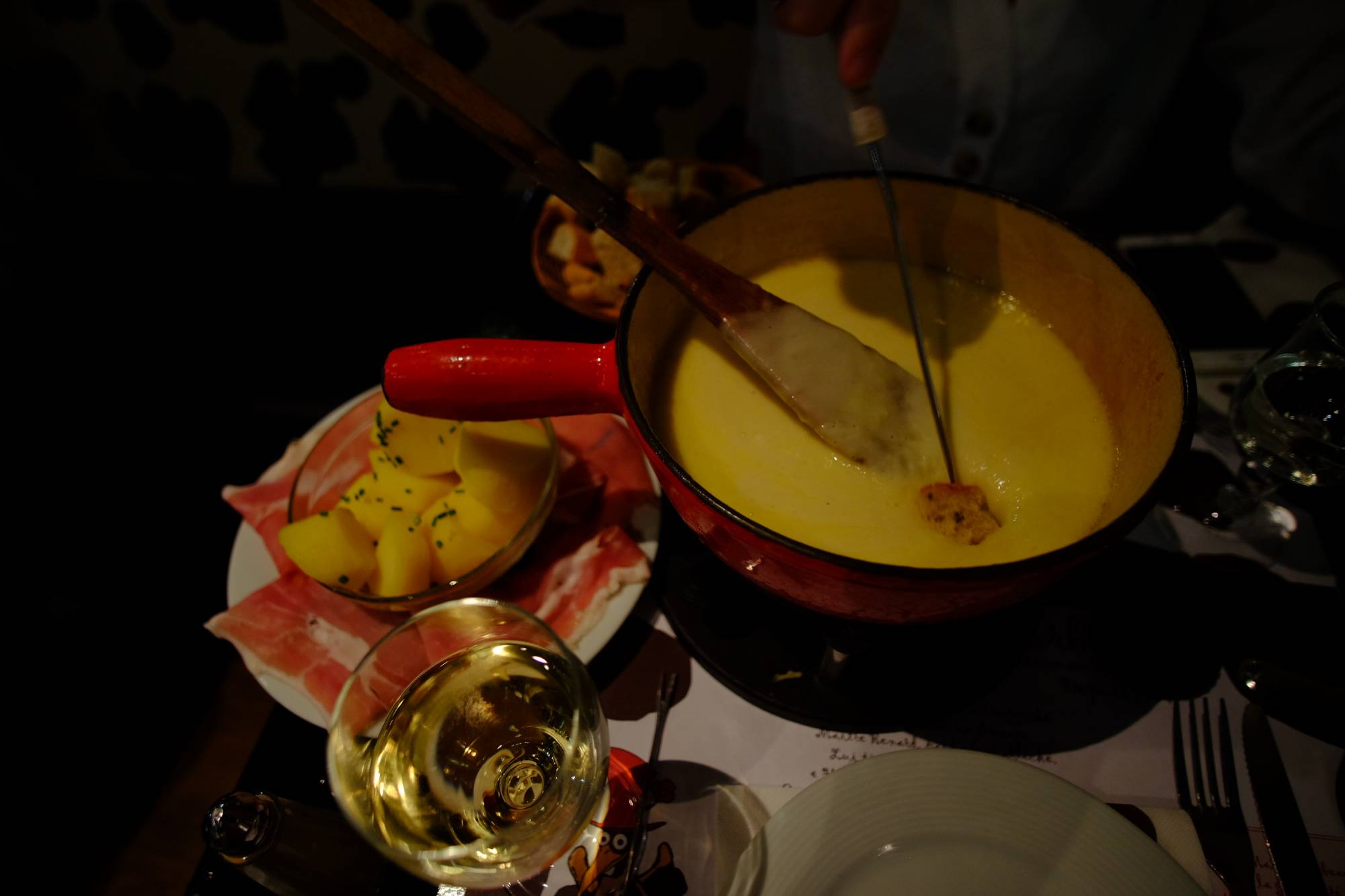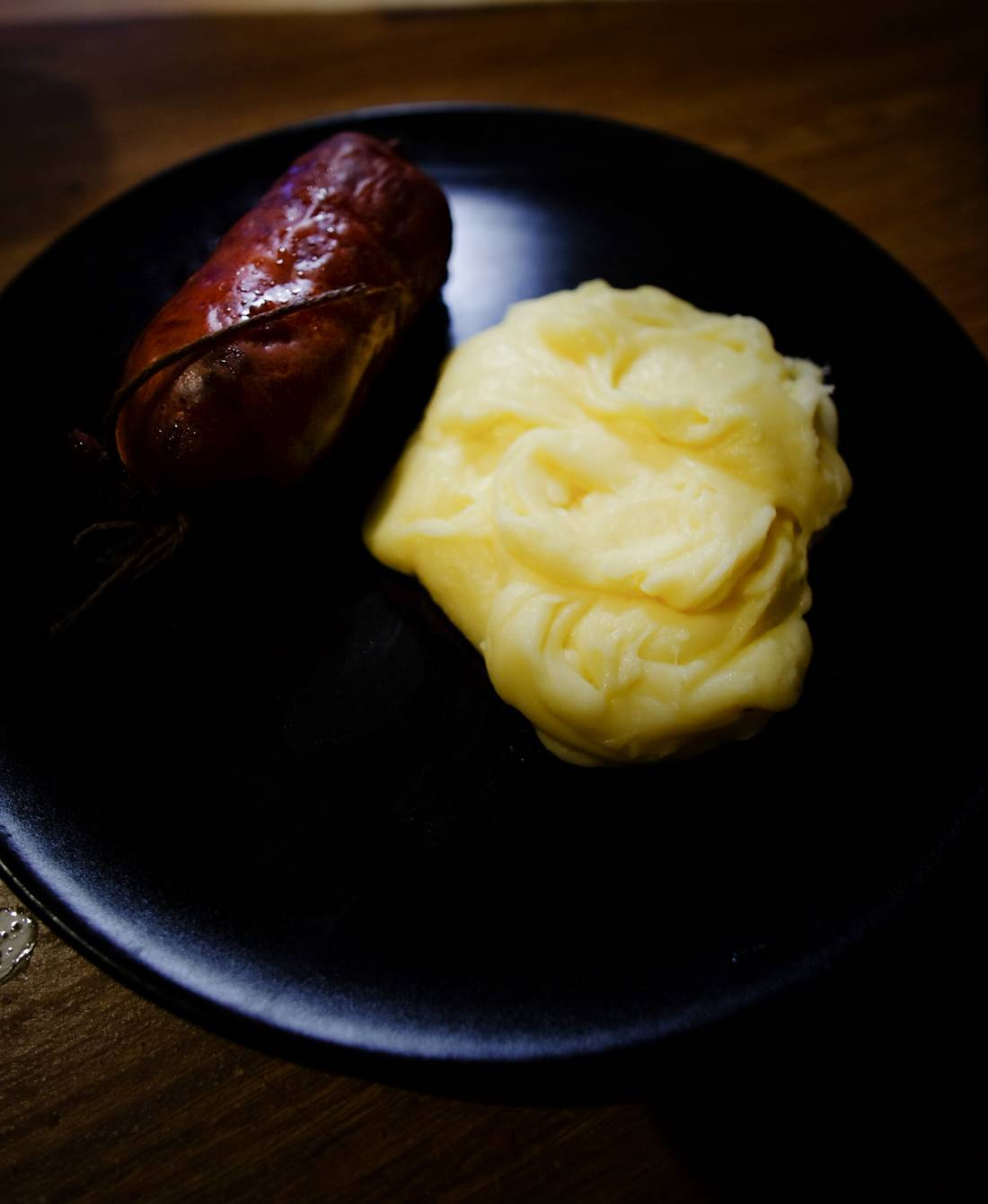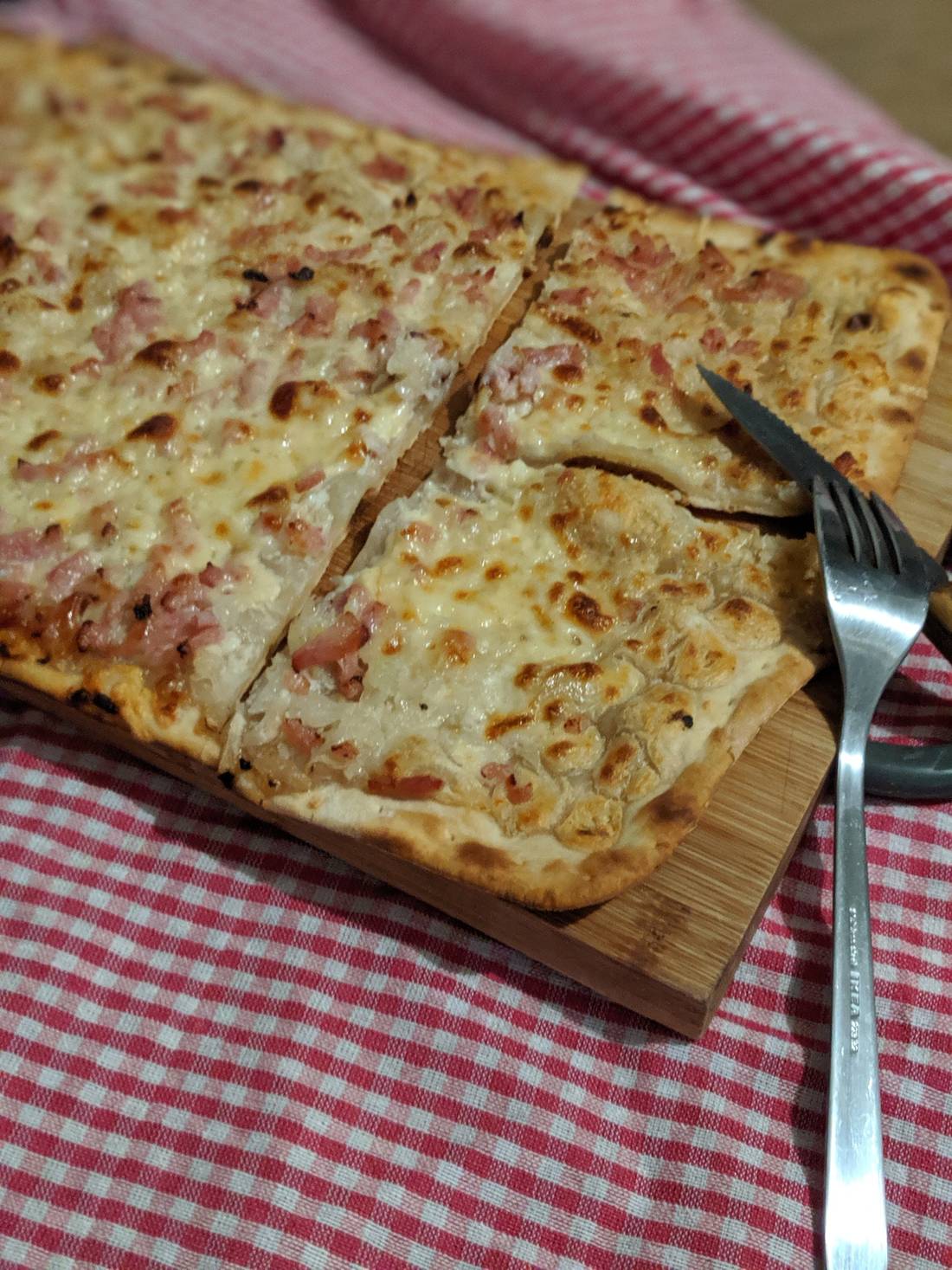Winter season in France is celebration time. December is all about the magic of Christmas, as Christmas markets pop up in every town, no matter how small, and illuminated decorations light up the streets. Festivities continue in January on the day of the Epiphany, during which the so-called King’s cake, galette des rois in French, is eaten to commemorate the visit of the Three Magi to the Christ Child. In February, cold season is still in full bloom and so is ski season, with many families choosing to spend their winter holidays in a wooden cabin down the ski slopes of the Alps or the Pyrenees Mountains.
As days drastically shorten and bleak weather prevails, every occasion is as good as any to find some comfort and warmth. Food is no exception. It is therefore no surprise that the most beloved winter recipes come from such mountainous regions as Savoy or the Aubrac in the Massif Central, where winter is proverbially harsh, or from northernmost regions such as Alsace, famed for its traditional and fairy-tale like Christmas markets. Picture a cosy room, the sound of a crackling fire place, snow falling outside the window and the smell of melted cheese in the air and you’ll get the sense of what a perfect French winter meal might be.
The core ingredients of almost any French Winter dish are mostly the same and they’re pretty simple: potatoes, cheese and meat, either cured meat or sausages. However, it is in the inventive way they are cooked that their singularity stands out. Even more importantly, what makes them so distinctive and savory lies in the careful selection of regional products that the French call terroir products. It isn’t any cheese that can be used to cook a perfect fondue or a tartiflette but rather, a specific kind of cheese deeply rooted in its territory, carrying with it the traditions and flavours of its homemade land.
Here is our top picks to enjoy the best of French comfort food to survive the winter cold or just to drool over some yummy recipes.
Tartiflette
The tartiflette might very well be the quintessential French winter dish, so much so that it has become a staple of every Christmas market over the years. It is widely believed that this dish originated in Savoy, a mountainous region located in the Alps, although the dish could have derived from a Provençal recipe called péla, a gratin of potatoes and onions cooked in a pan.
Nowadays, what is known as the traditional tartiflette is made of potatoes, small stripes of fatty bacon called lardons and onions. But the crux of the recipe is the reblochon cheese, a soft ripened cheese made of raw cow’s milk and a specialty of the Alpine region. It can either be oven-cooked or cooked in a pan and its very name is believed to stem from the Savoyard word for potatoes, tartifles.
Another version of the dish exists, called the croziflette, in which potatoes are replaced by squares of local buckwheat pasta called Crozets de Savoie but this rendition of dish hasn’t yet managed to dethrone the one with potatoes.
Raclette
Not a single French person can endure winter season without eating raclette at least once. Yet, this staple winter dish isn’t French. It actually originated in the Swiss Alps and the history of the raclette cheese, a semi-hard cheese made of Alpine cow mill, goes a long way back as it was mentioned in medieval texts as early as in 1291. Rivalry lingers between the Swiss and the French Alps as this cheese was originally consumed by peasants on both sides of the border, which weren’t exactly as delineated as they are today anyway.
In any case, the raclette is so comforting and tasty a dish that it is worth quarreling over. Raclette cheese is usually served in slices and baked in a special oven to be poured onto potatoes, pickles and a selection of cured meat, such as the Rosette de Lyon, a cured pork sausage, the Viande de Grisons, a thinly-sliced air-dried beef, or some type of ham. It is therefore a popular dish to be eaten at a family reunion or at a party. Yet, raclette can also be served on an oven near a wood fire, in which case one has to regularly scrape the melting side.
Fondue savoyarde
Once again, the Savoy region prevails. Or is it Switzerland? Just like the raclette, this hearty cheese fondue can be traced back to the Alpine region as a whole, including Switzerland, the French Alps but also the Italian Alps. Swiss cheese fondues are numerous but the most popular one in France remains the fondue savoyarde, made of comté, beaufort and another type of cheese, such as reblochon.
Other regional recipes can include locally produced cheese such as cantal in the Auvergne region or even camembert in Normandy, even if a bit unconventional. One thing doesn’t change though and it is the way the fondue is cooked. A blend of cheese, wine and seasoning is served in a hotpot over a portable stove heated with a candle and bread is dipped into the melting cheese using a long fork. Potatoes or cured ham can be served on the side but bread and cheese remain at the core of this recipe, whichever types of cheese are being used.
Aligot
Quite unsurprisingly, potatoes and cheese strike again. In truth, French winter dishes could be called 50 shades of potatoes and cheese. Yet, no one could scorn such a perfect combination so why change it? Aligot is a dish comprising blended cheese, mashed potatoes, cream, butter and garlic that is made in the south-western mountainous region of the Aubrac but that can also be found in the Auvergne region. It is traditionally made with a cheese called Tomme de Laguiole or Tomme d’Auvergne, a type of cheese that can be made from cow’s or goat’s milk.
Ready to Blog & Earn?
With TravelFeed, easily start your own travel blog and earn as you go. It's the smart platform for travelers who want to profit from their passion. Create a free account
What’s peculiar about this dish is its very texture as it varies from regular mashed potatoes. Indeed, aligot needs to be stirred repeatedly and forcefully until it develops an elastic texture and can be stretched, almost like mozzarella cheese. The dish was said to be created to cater the needs of the Pilgrims going to Santiago de Compostela, who would often stop for a night in the region. Nowadays, it is often served with a sausage, such as the smoked Morteau sausage, a duck confit or even a chopped steak.
Flammekueche
This specialty can be found on both sides of the German-French border but in France, it is widely associated with the Alsace region. Also known as tarte flambée, meaning a pie baked in the flames, this dish is made of thin bread dough in the shape of a rectangle, topped with fresh cheese, thin-sliced onion and lardons, cooked in a wood-fire oven. Extra cheese, such as gruyère cheese, can be added to the recipe to create a Flammekueche gratinée and some even cook sweet versions of this dish, including blueberries or apple and cinnamon.

Don't Forget: Get Travel Health Insurance!
To make your trip a worry-free experience, TravelFeed recommends SafetyWing Nomad Insurance. It provides comprehensive health coverage while you travel, so you can focus on exploring, not the unexpected. Get a quote here
All in all, the end result resembles a thin, crusty pizza, best to be enjoyed with a glass of Riesling white wine. The flammekueche has become an iconic dish to be enjoyed at a typical Alsatian Christmas market. Strasbourg and Colmar can boast the most famous markets of them all but lesser-known towns also wear their best garments during Christmas time, such as the colorful towns of Riquewihr and Kaysersberg.
[//]:# ( d3scr)
Feel free to share your favorite winter comfort food in the comments and if you've traveled to France during winter, do share which dish you've enjoyed the most!
Travel Resources for your trip to France
Recommended by TravelFeed
Flights: We recommend checking Kiwi.com to find the best and cheapest flights to France.
Accomodation: Explore the best places to stay in France on Booking.com, Agoda and Hostelworld.
Travel Insurance: Medical emergencies abroad can be pricey, but travel health insurance is not. We always use SafetyWing for affordable and reliable coverage.
Car Rental: For hassle-free car hiring, DiscoverCars is our trusted choice with a wide selection of vehicles.
Internet: Got an eSIM compatible phone? Airalo is perfect for reliable internet access during your trip. Just install it before you go, and you're set!
Day Trips & Tours: We recommend GetYourGuide for a variety of well-organized and enjoyable activities.
Travel Planner: Need a hand planning? Our free travel planner chatbot is your personal guide to France. Chat now.
Disclosure: Posts on TravelFeed may contain affiliate links. See affiliate disclosure.
